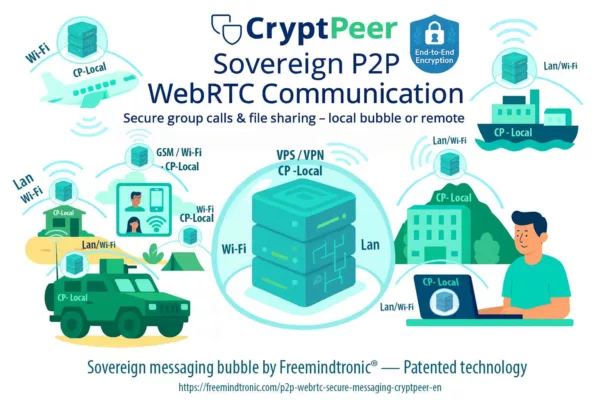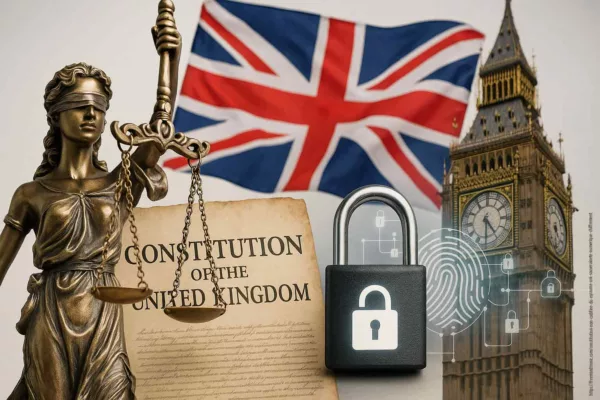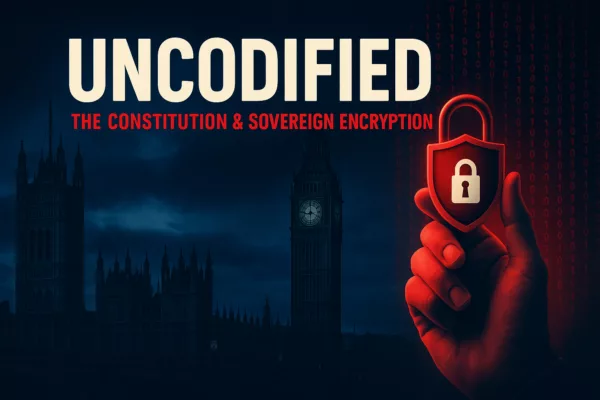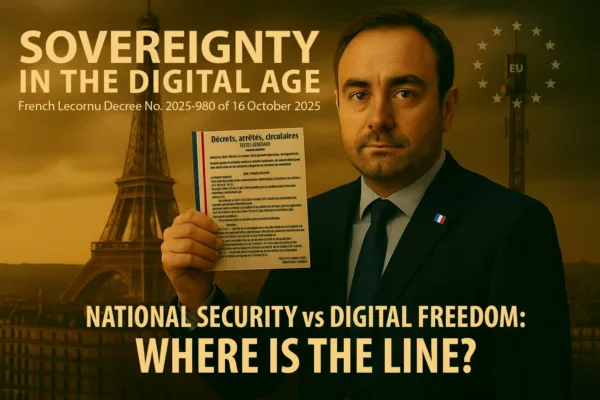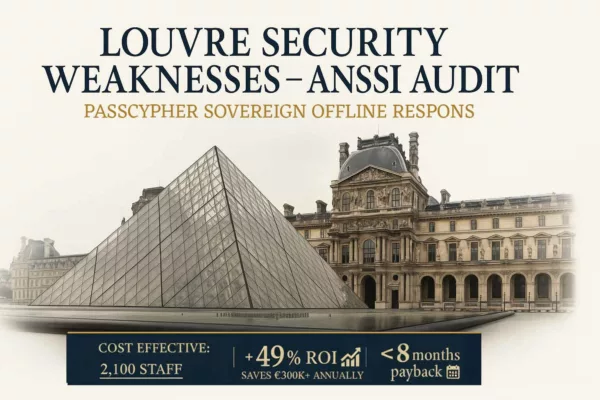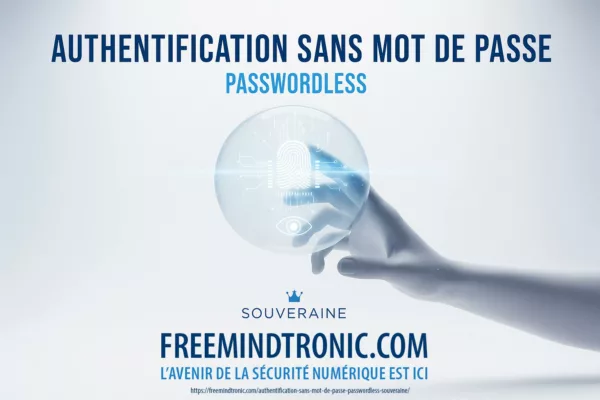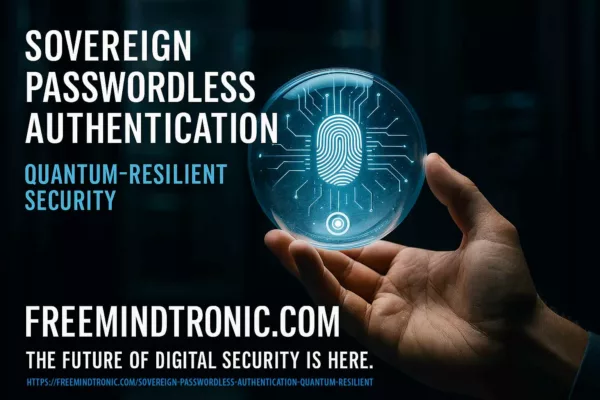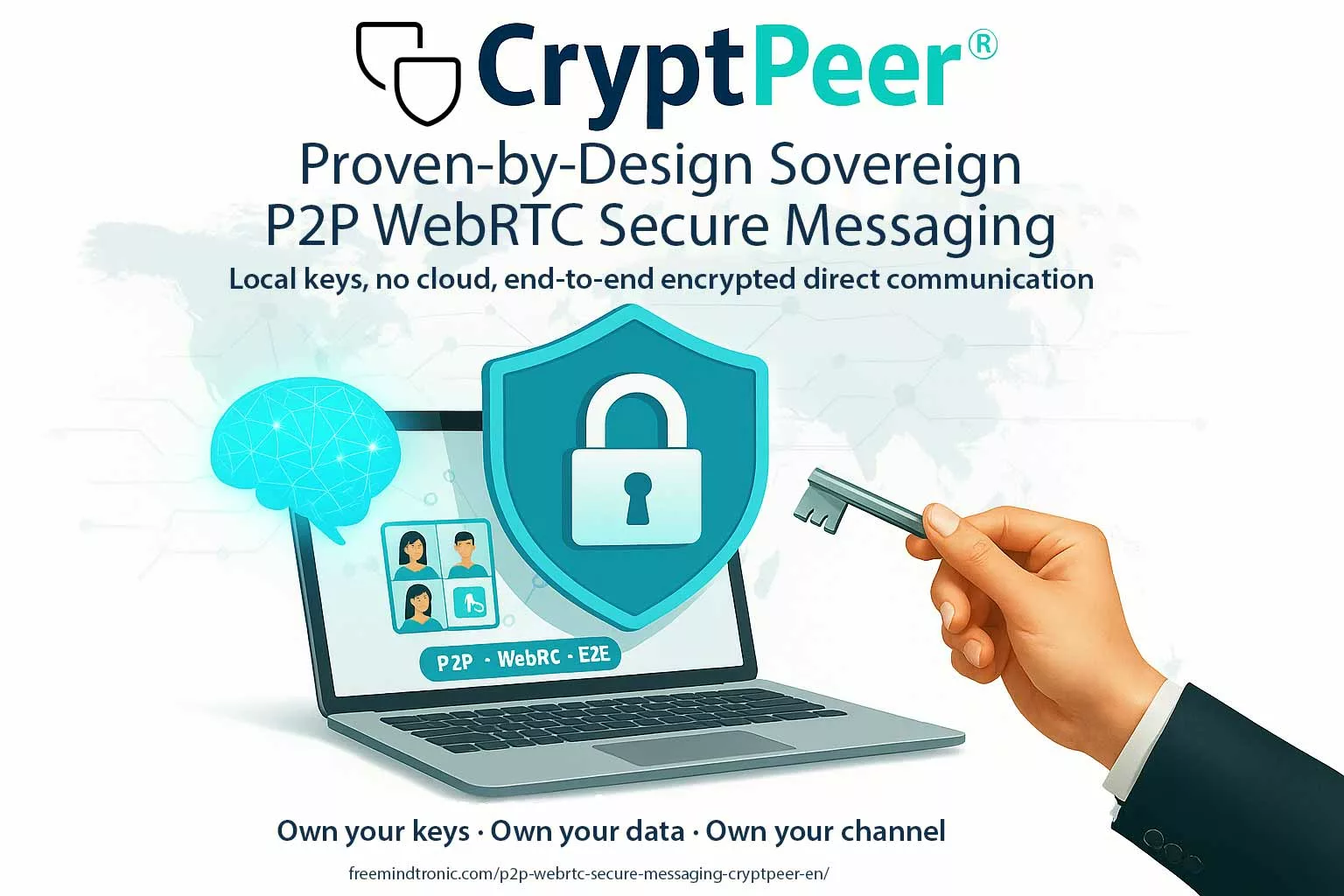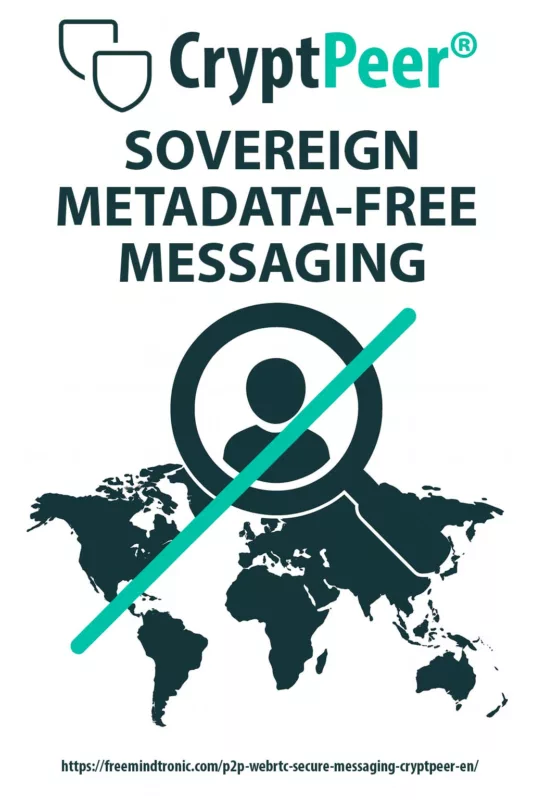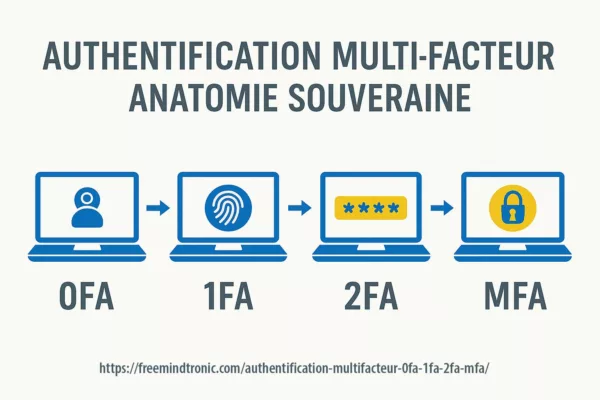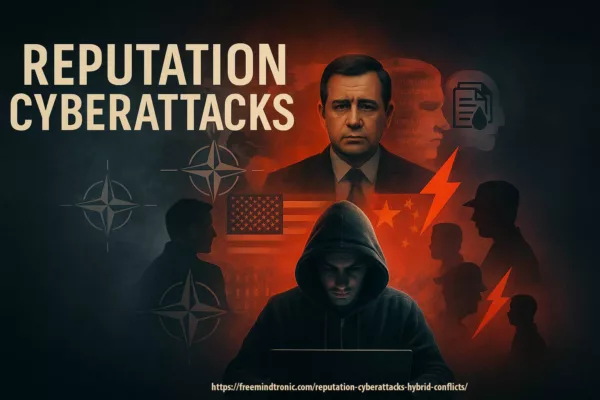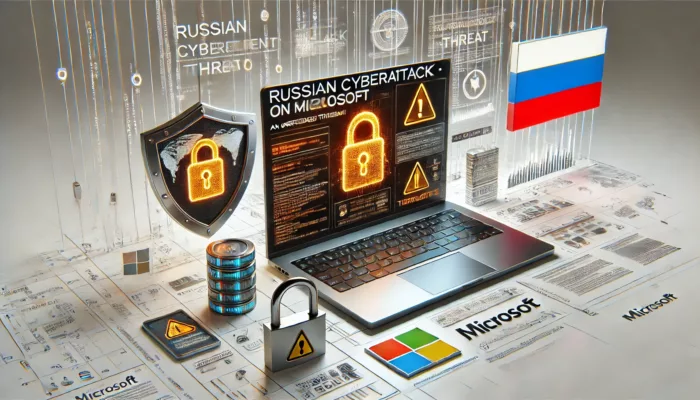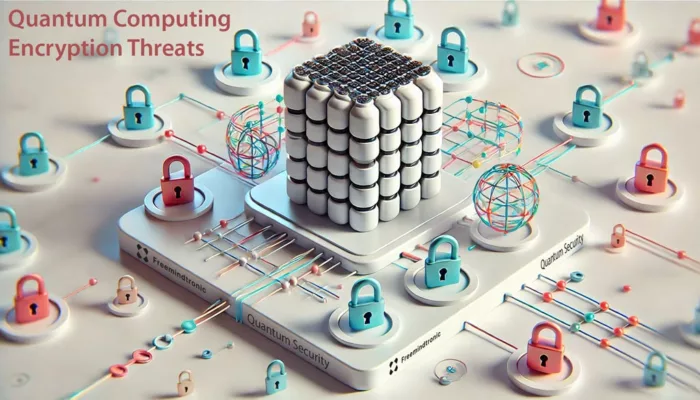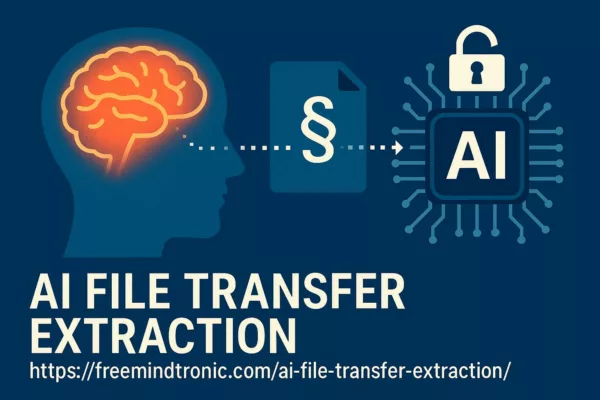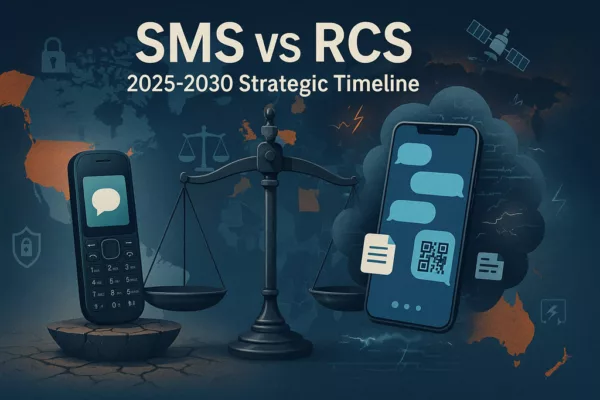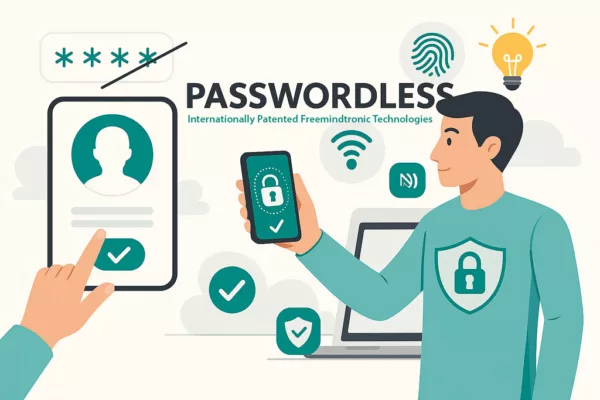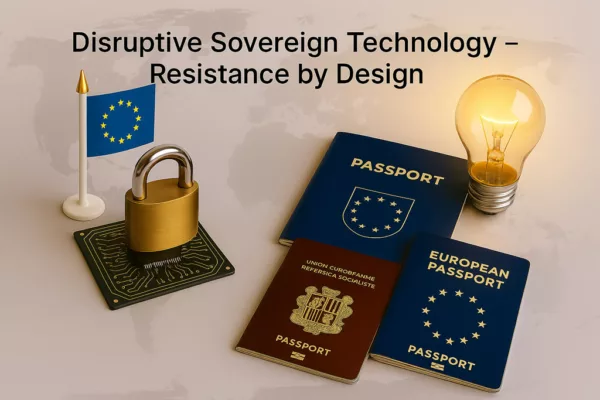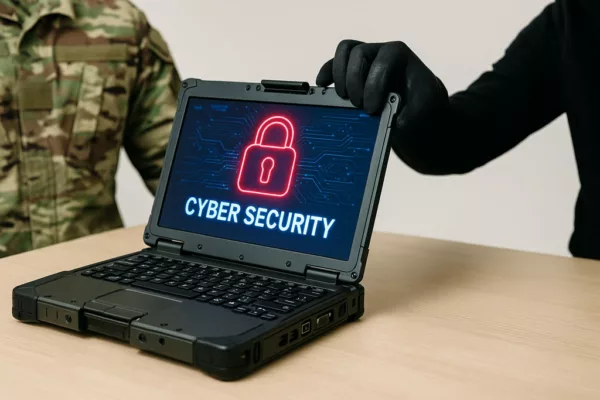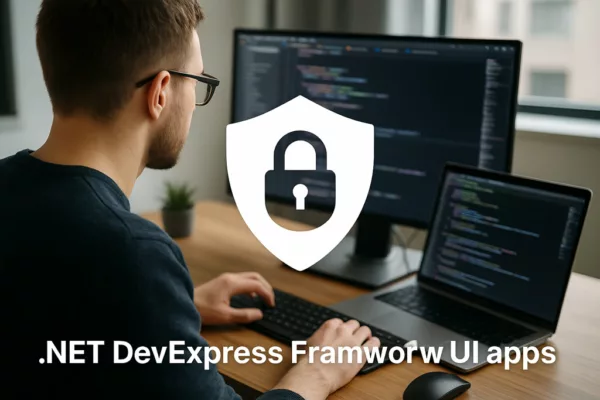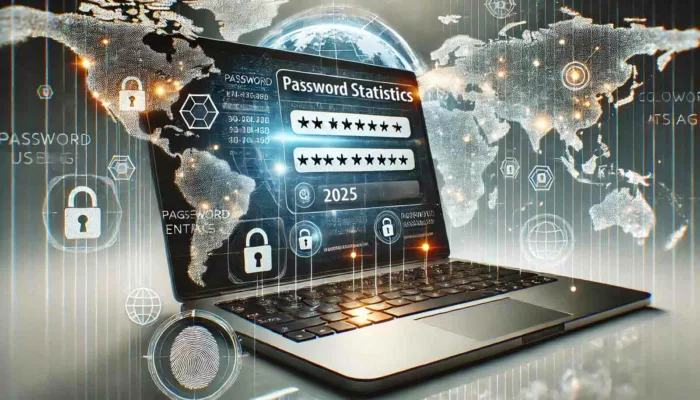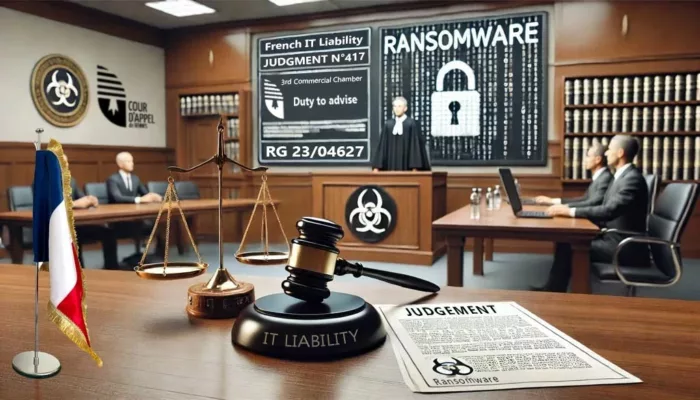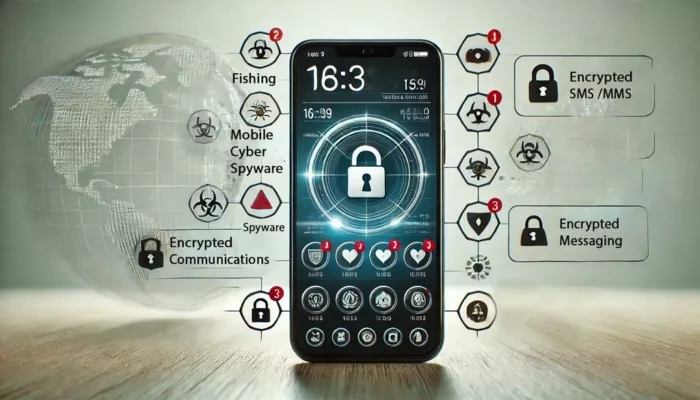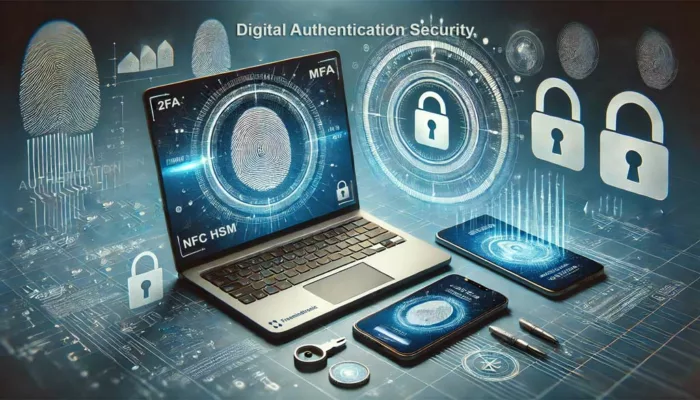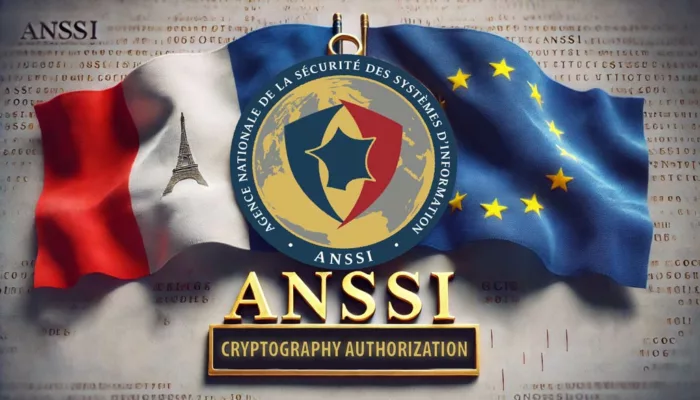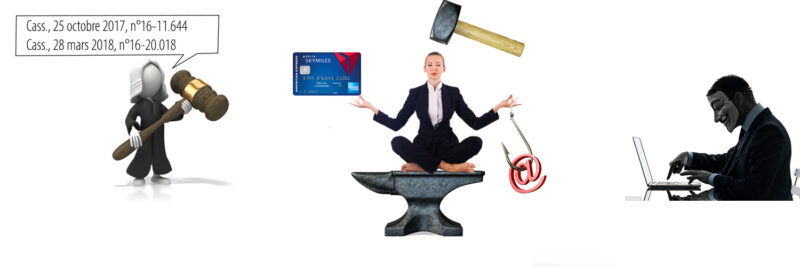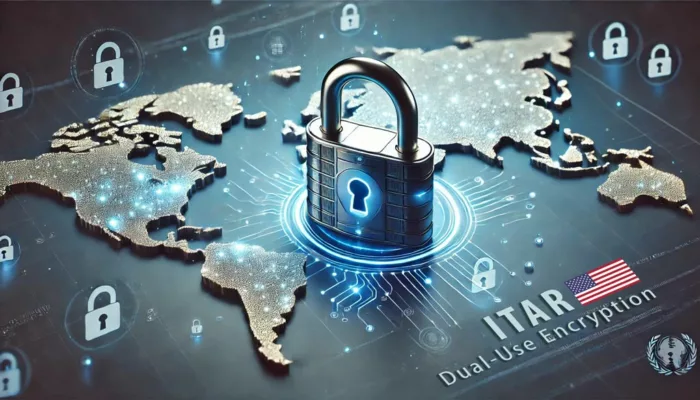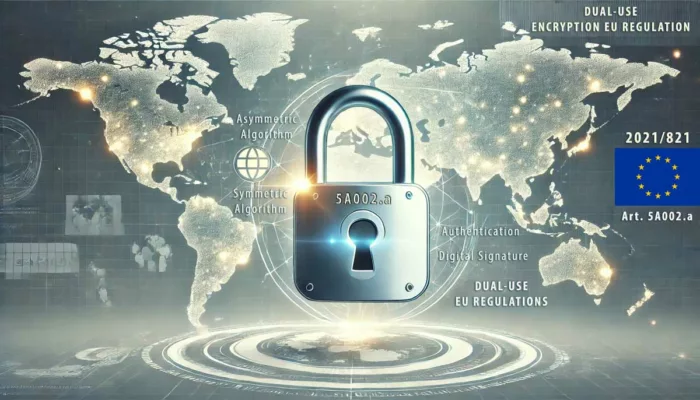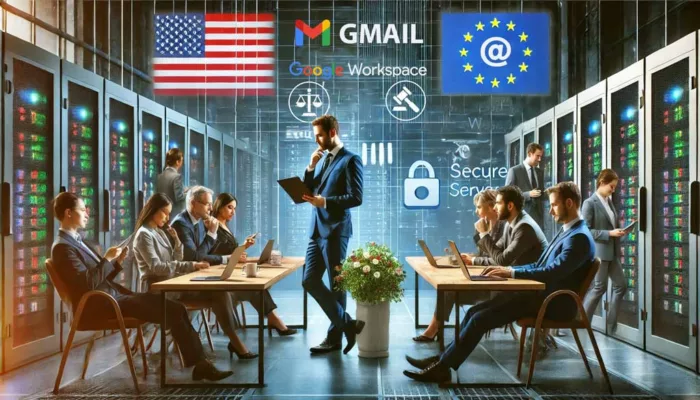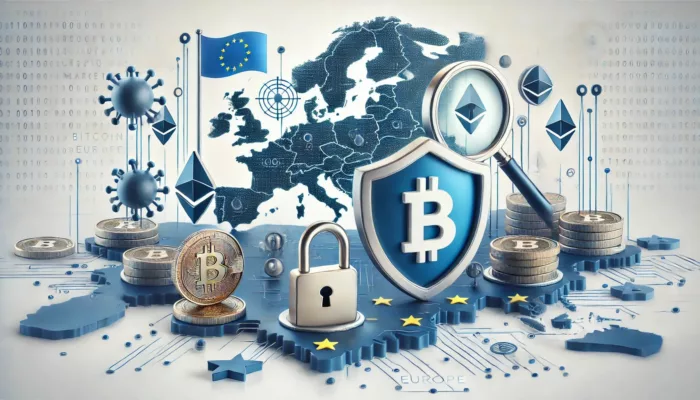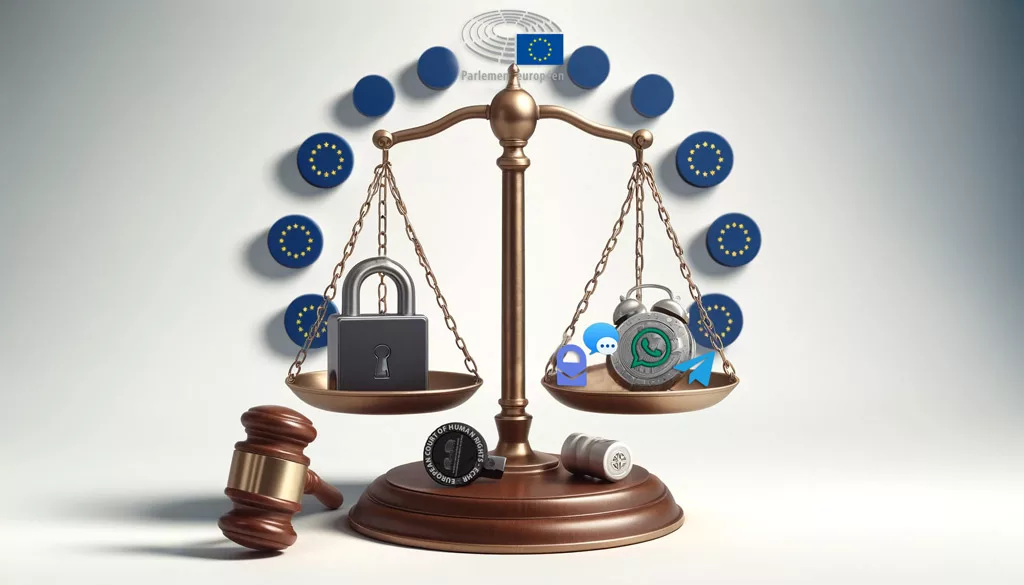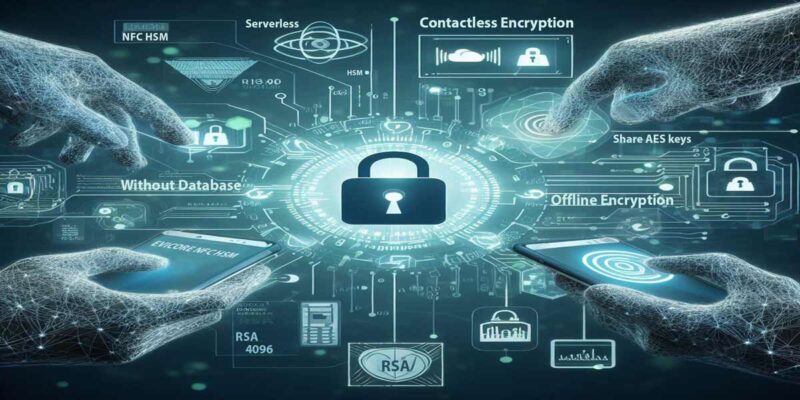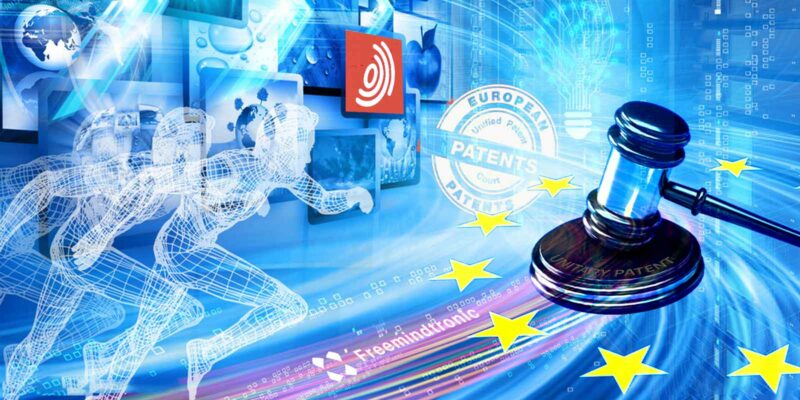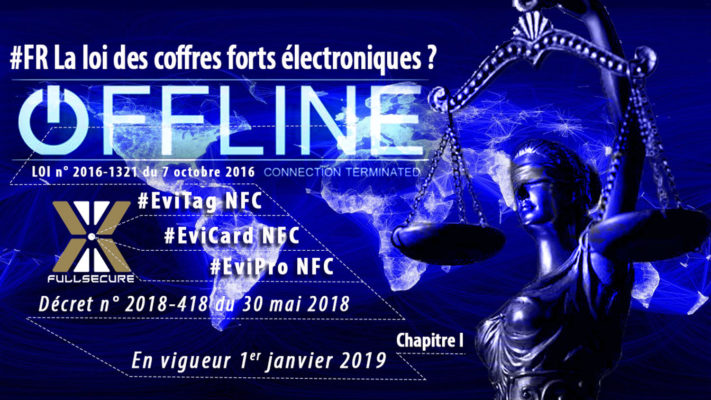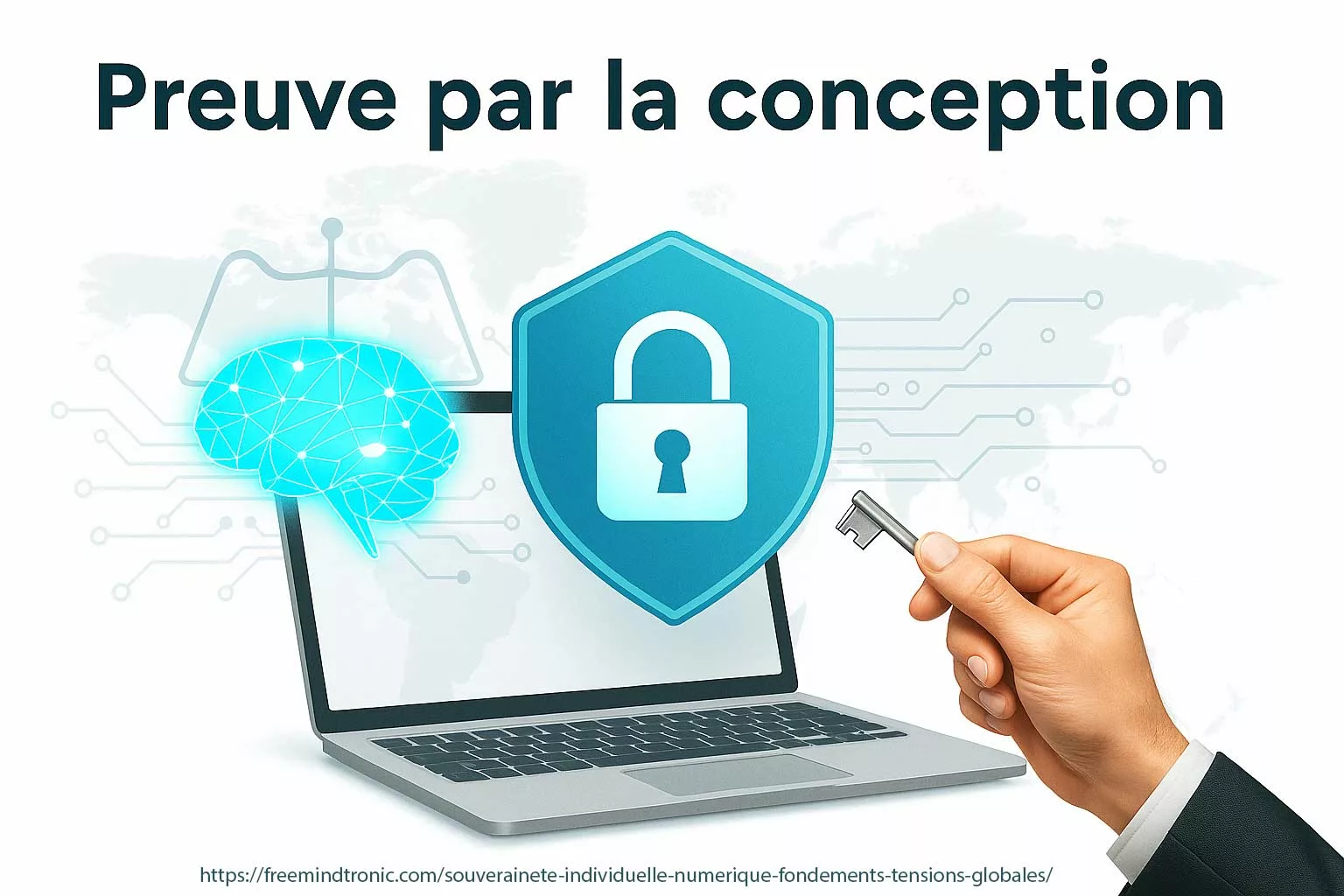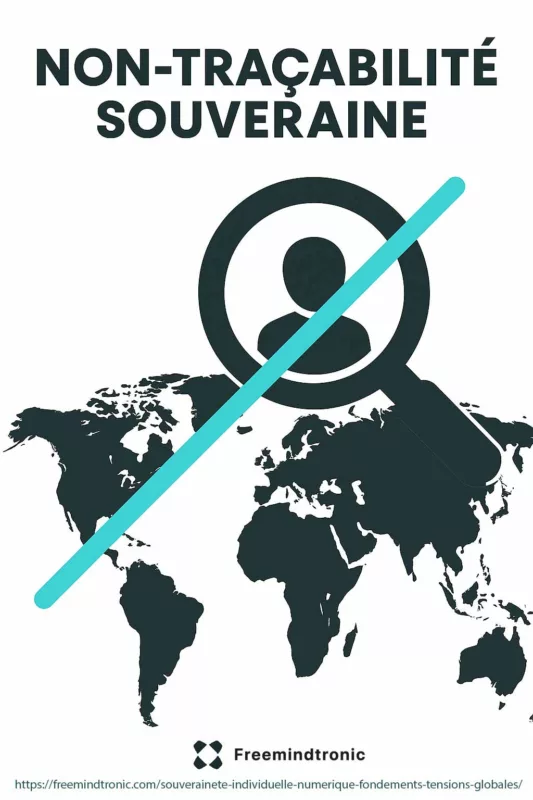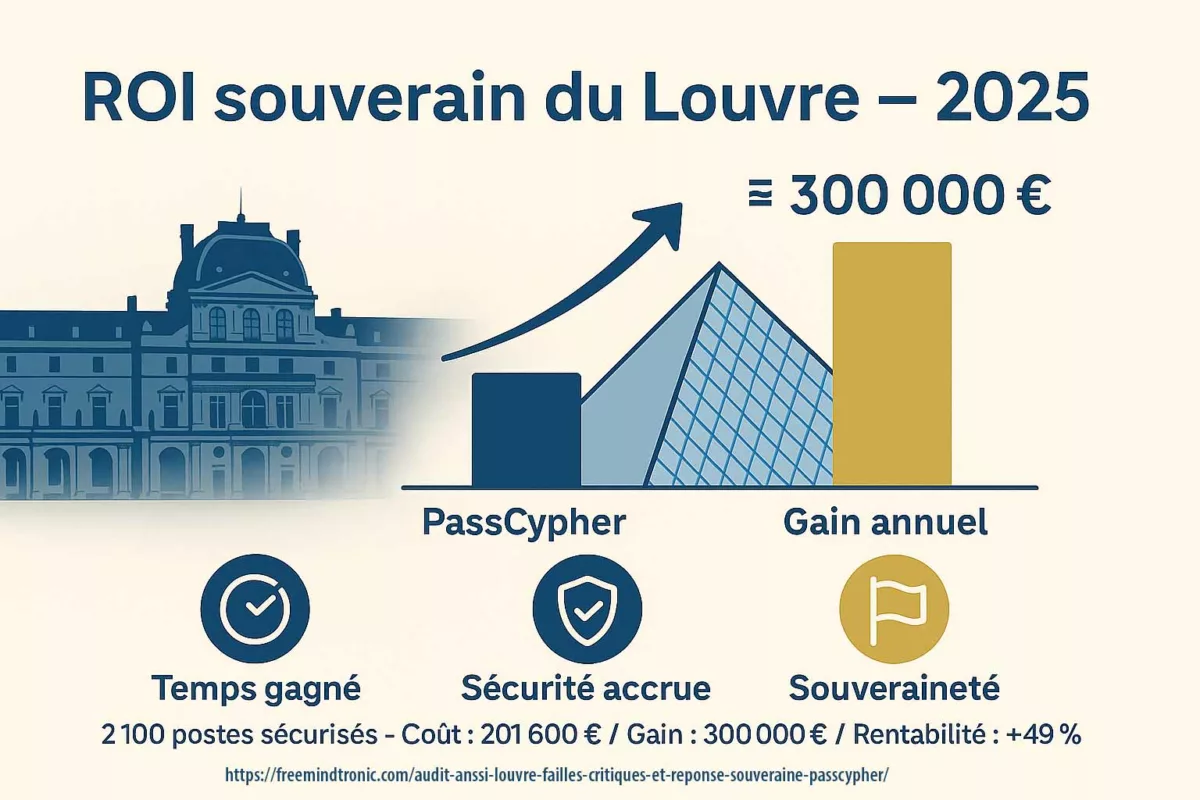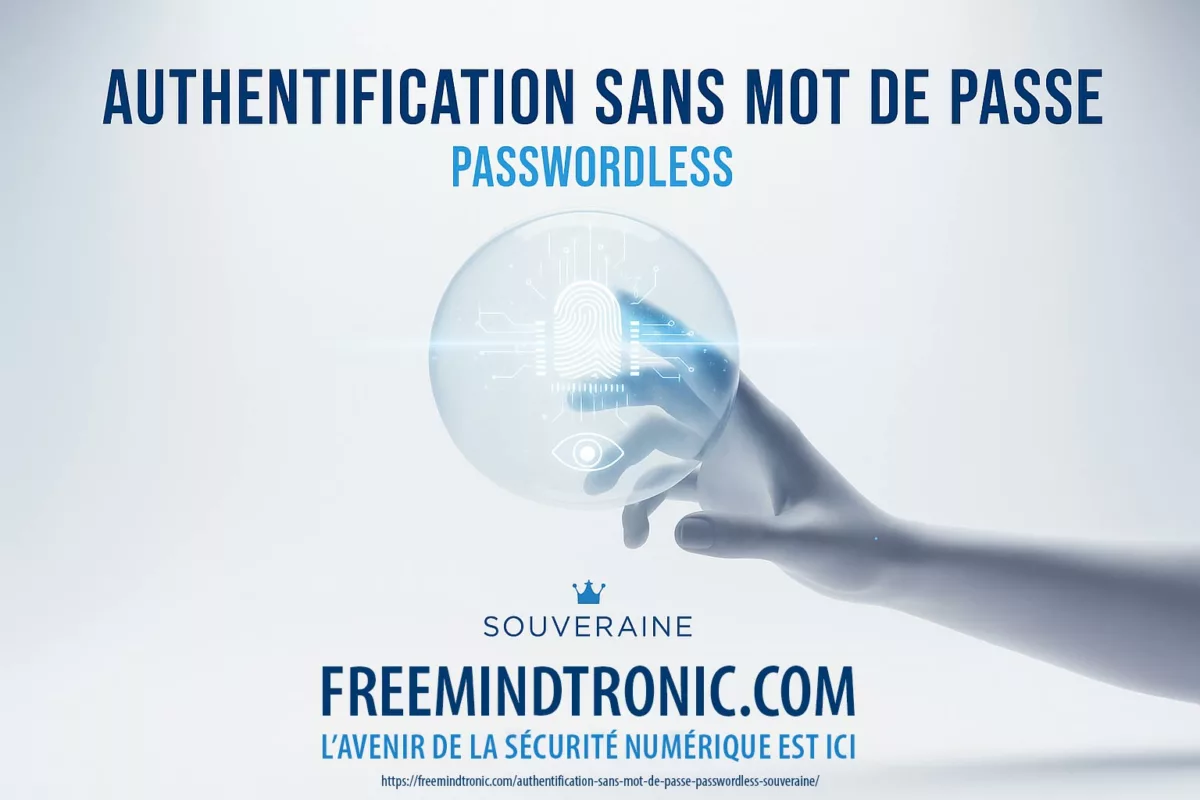Uncodified UK constitution & digital sovereignty — A Freemindtronic cyber culture chronicle at the crossroads of British constitutional law, fundamental rights and sovereign encryption technologies protected by several patents granted in the United Kingdom.
Executive summary — Uncodified UK constitution
Uncodified constitution and British singularity
Lead-in — The United Kingdom looks like an anomaly among major democracies: it operates without a single written constitution. At the same time, it relies on one of the oldest and most influential political and judicial systems in the world. Moreover, between absolute parliamentary sovereignty, creative case-law and unwritten political conventions, this “blurred yet robust” architecture frames how the State may interfere with fundamental rights, privacy and, in the near future, encryption itself.
Quick read and digital stakes
Quick read (≈ 3 min): First, this chronicle is based on Nina Angela Fernando’s essay, À la défense de l’inécrit : le Royaume-Uni et sa constitution non codifiée, which we refer to here as the uncodified UK constitution. It then examines what it means, for cyber culture and digital sovereignty, to have a State whose constitution is essentially case-law, customary and legislative. In other words, it is not codified in a single supreme text.
Benefits and limits of both models
On the one hand, a written constitution would promise clarity, pedagogy and explicit safeguards against an “elective dictatorship”. It would guarantee a strict separation of powers, an entrenched catalogue of fundamental rights and a rigid amendment procedure. On the other hand, the British uncodified constitution offers extreme flexibility. It enables rapid adjustments in times of crisis (as Brexit clearly showed). However, this flexibility comes at the cost of theoretical legal uncertainty: core rights (life, privacy, freedom of expression) rest on ordinary statutes. Consequently, they can be reshaped by a determined parliamentary majority.
Sovereign technologies and technical checks and balances
In this context, the reflection directly reconnects with Freemindtronic’s DNA. Our technologies — offline encryption, segmented keys, access control without any third-party trust — are protected by several patents granted in the United Kingdom. They operate inside this flexible constitutional framework. Thus, they provide a form of technical counter-power. Even if the law is reconfigured, cryptographic protection remains governed by physics, mathematics and the user’s exclusive control of his or her keys.
Theoretical debate and concrete implications
Finally, this chronicle shows how a seemingly theoretical debate on codifying the British constitution actually sheds light on very concrete issues. It concerns a State’s ability to impose backdoors or not, the stability of fundamental rights, the role of judges and the strategic place of sovereign encryption technologies in an institutional environment that is constantly evolving.
Reading parameters
Reading time, executive summary: ≈ 3 minutes
Reading time, extended summary: ≈ 5 minutes
Reading time, full chronicle: ≈ 25 minutes
Publication date: 2025-12-09
Last update: 2025-12-09
Complexity level: Advanced — Constitutional law & cybersecurity
Technical density: ≈ 60%
Main language: EN. FR.
Specificity: Cyber culture chronicle — Uncodified UK constitution & digital sovereignty
Suggested reading path: Executive summary → Extended summary → Uncodified UK constitution → Rights & checks and balances → Technical sovereignty → Sovereign use case
Accessibility: Screen-reader friendly — structured anchors & semantic tags
Editorial type: Strategic chronicle — Cyber culture & legal geopolitics
Issue level: 8.3 / 10 — legal & technical sovereignty
About the author: Jacques Gascuel, inventor and founder of Freemindtronic Andorra, holder of several patents in smart electrical protection, wireless authentication and segmented keys, granted in particular in the United Kingdom.
Official references
Key points
- The United Kingdom does not have a single written constitution: its constitutional order rests on statutes, common law and conventions.
- Parliamentary sovereignty allows rapid adjustments, yet it theoretically leaves open scenarios where fundamental rights could be restricted.
- Judicial counter-powers (Supreme Court, GCHQ case-law, Miller, Ghaidan…) play a crucial role in protecting rights.
- Freemindtronic patents granted in the UK frame sovereign encryption technologies which, in practice, constitute a technical counter-power within this institutional landscape.
- A State’s legal sovereignty and the technical sovereignty of an encrypted infrastructure are two complementary dimensions of the same resilience strategy.
⮞ Preamble — The Uncodified UK constitution as a sovereignty laboratory
The Uncodified UK constitution makes the United Kingdom far more than an academic curiosity for constitutional lawyers. It turns the country into a living laboratory where, for centuries, institutions have actively tested different ways of articulating political power, fundamental rights and judicial oversight in real cases. Today, this evolving constitutional practice directly intersects with debates on digital sovereignty, surveillance and strong encryption.
At the same time, the United Kingdom is also a jurisdiction where Freemindtronic already protects its sovereign encryption and segmented-key architectures through patents granted in the UK. These patents take effect precisely while lawmakers, regulators and courts negotiate the limits of national security powers and the future of end-to-end encryption.
Consequently, this chronicle reads the Uncodified UK constitution as a kind of operating system for the State, which silently configures who may exercise power, who can challenge that power and under what conditions digital rights can be restricted. In parallel, it introduces another, complementary architecture: the technical counter-powers embodied by sovereign encryption, offline HSMs and local key control. Together, these legal and technical layers shape how far any actor can stretch its authority over data in a flexible but still rule-based constitutional order.
Extended summary — Uncodified UK constitution & digital sovereignty
From an unwritten constitution to technical guarantees
To go further, this extended summary sheds light on four major axes for cyber culture:
First, a constitutional order without a “sacred text”
In the United Kingdom, the constitution is not a single, supreme document but rather a bundle of sources: statutes (Bill of Rights 1689, Human Rights Act 1998…), case-law (Miller, Ghaidan, GCHQ…), political conventions (ministerial responsibility, the role of the Cabinet) and customs. This plasticity allows rapid adaptation to crises, as Brexit demonstrated, yet it also makes the system more difficult to read and understand for ordinary citizens.
Second, fundamental rights that are legally protected… but revisable.
Rights to life, privacy, freedom of expression or non-discrimination are, in practice, well protected through the ECHR as incorporated by the Human Rights Act 1998 and through dynamic jurisprudence. In theory, however, these rights remain anchored in ordinary statutes, which may be amended or repealed by a parliamentary majority, even if the political cost of such a move would be extremely high.
Third, a system of checks and balances largely built by judges.
The Supreme Court and higher courts act as a crucial safety net: they control governmental prerogatives (Miller), review the justiciability of certain royal prerogatives (GCHQ) and interpret ordinary statutes in light of convention rights (Ghaidan). This common-law constitutionalism works as a “backstop” that partially compensates for the absence of a codified constitutional text.
Finally, the rise of technical counter-powers.
Within this environment, sovereign offline encryption technologies, without servers or trusted third parties, become another form of counter-power. They make any future attempt to impose generalised backdoors or to centralise keys materially more difficult. Freemindtronic patents granted in the United Kingdom fit into this context: they legally formalise a technical sovereignty doctrine at the heart of a constitutional order that remains highly flexible.
⮞ Key insights — What you should remember
- The Uncodified UK constitution combines political flexibility, strong parliamentary sovereignty and late but real judicial control.
- Fundamental rights are protected by law and by the courts, yet they do not benefit from an entrenched “supreme text” as in some written constitutions.
- Debates on codification reveal growing concern about possible concentration of powers — including in the digital and surveillance fields.
- Freemindtronic technologies patented in the United Kingdom (wireless access control, segmented keys, offline HSMs) provide a technical complement to existing legal checks and balances.
Table of Contents
- Full chronicle — Uncodified constitution & digital sovereignty
- The United Kingdom: a democracy without a single written constitution
- Fundamental rights, “elective dictatorship” and legal reality
- From judicial review to technical counter-powers
- Freemindtronic patents granted in the UK — An embodied technical sovereignty
- Weak signals — Towards increased conflict over encryption
- Freemindtronic sovereign use case
- FAQ — UK constitution & digital sovereignty
- What we have not (yet) covered
- Strategic perspective — Legal sovereignty & technical sovereignty
Uncodified UK constitution: full chronicle & digital sovereignty
The chronicle that follows proposes a cross-reading: on the one hand, the Uncodified UK constitution as analysed by Nina Angela Fernando; on the other, the sovereign technical architectures developed by Freemindtronic and protected by patents granted in the UK. The objective is not to decide “for or against a written constitution”, but rather to show how these institutional choices shape and intersect with the issues of encryption, privacy and technical counter-powers.
Uncodified UK constitution: a democracy without a single text
Uncodified UK constitution: a “dispersed” constitution
The United Kingdom has no single document entitled “Constitution”. Instead, we find a set of sources:
- Historic statutes (Magna Carta 1215, Bill of Rights 1689, Parliament Acts, Human Rights Act 1998, Constitutional Reform Act 2005, etc.);
- Common law, where judges define and refine constitutional principles case by case;
- Political conventions (for example, the Prime Minister must be a member of the House of Commons, the government must resign if it loses the confidence of the House);
- Practices and usages recorded in documents such as the Cabinet Manual and, more recently, research papers from the House of Commons Library.
This system has two major strengths:
- it is highly adaptable: Parliament can rapidly pass major reforms without a heavy constitutional amendment procedure;
- it allows continuous interaction between the legislature, the courts and political conventions, instead of freezing power balances in an “untouchable” text.
However, this flexibility comes at a cost: it is difficult for a citizen — or even for a foreign lawyer — to clearly identify “where the constitution is” and which parts of this ensemble are genuinely untouchable.
Brexit: a stress test for the Uncodified UK constitution
Thus, Brexit served as a real stress test for this system. The question whether the government could trigger Article 50 of the Treaty on European Union without Parliament’s consent led to the judgment in R (Miller) v Secretary of State for Exiting the European Union [2017] UKSC 5. The Supreme Court held that:
- the government could not, by simple use of the royal prerogative in foreign affairs, modify rights granted by an Act of Parliament;
- therefore, explicit parliamentary authorisation was required to notify withdrawal from the EU.
In a State with a codified constitution, part of this question would have been answered directly in the text (distribution of powers, hierarchy of norms, treaty ratification and withdrawal procedures). In the United Kingdom, it is common law reasoning and judicial argumentation that, retrospectively, fixed the rule.
For cyber culture, this dimension is essential: it shows that the rules of the game on issues as central as sovereignty, treaties or (tomorrow) encryption and surveillance can be shaped through cases as they arise rather than fully anticipated in a stable constitutional text.
Uncodified UK constitution: fundamental rights and “elective dictatorship”
Uncodified UK constitution: Human Rights Act & ECHR as a shield
In practical terms, the protection of fundamental rights in the United Kingdom mainly relies on:
- the European Convention on Human Rights (ECHR);
- its incorporation into domestic law via the Human Rights Act 1998 (HRA).
This framework allows the courts:
- to interpret domestic statutes, as far as possible, in a way that is compatible with the ECHR;
- to issue a declaration of incompatibility between a statute and the Convention (without striking down the statute automatically, but creating strong political pressure to amend it);
- to offer robust remedies to individuals whose rights have been violated.
Cases such as Daly, Ghaidan or A and others illustrate the courts’ ability to reinforce rights through imaginative and protective interpretation.
However, as Nina Angela Fernando stresses, the HRA is an ordinary statute. In theory, a future Parliament could:
- repeal it outright; or
- adopt a new, less protective national “Bill of Rights” in the name of sovereignty.
This is what Lord Hailsham famously called the risk of an “elective dictatorship”: a parliamentary majority produced by a majoritarian electoral system may concentrate power without the procedural safeguards of a rigid constitution.
A political impossibility… but not a mathematical one
In reality, many constraints make a brutal rollback of rights unlikely:
- public opinion and civil society;
- international commitments;
- judicial resistance to overly restrictive interpretations;
- the political and diplomatic cost of a clear break with the ECHR system.
Yet, for a security engineer or an architect of sovereign systems, the question is not framed in terms of political probability but rather in terms of the risk surface. A right that can, in theory, be weakened should, therefore, be doubled by a technical guarantee.
This is where sovereign encryption comes in: it makes it far more difficult, even for a determined State, to turn a legal hypothesis into an operational reality of mass surveillance.
Uncodified UK constitution: from judicial review to technical counter-powers
Institutional checks and balances
In the United Kingdom, checks and balances rest on several pillars:
- the Parliament, which can scrutinise the executive (committees, questions, confidence votes);
- the courts, which control the use of governmental powers and interpret statutes (GCHQ, Miller, Ghaidan…);
- conventions and political culture, which impose unwritten standards of behaviour (ministerial responsibility, resignations, independent inquiries);
- oversight bodies (parliamentary committees, independent authorities, sometimes under pressure but still active).
These mechanisms are real and often effective. Yet they remain anchored in the realm of law and politics. They intervene after the fact, once a bill, an administrative practice or an executive decision has already raised concerns.
Cryptographic checks and balances
Furthermore, Freemindtronic architectures introduce another type of checks and balances, this time at the technical level:
- Local & offline encryption: secrets are encrypted and stored on media physically controlled by the user, without any dependency on a server.
- Key segmentation: keys are fragmented or distributed according to schemes that prevent any single actor (provider, State, administrator) from unlocking the system alone.
- No central trusted third party: no single authority holds master keys or can trigger global decryption.
- Embedded traceability (black box): some devices record critical security events without feeding a central database.
Where the Uncodified UK constitution organises a political balance of powers, these architectures organise a cryptographic balance of powers. The objective is similar: to prevent a single centre of power from deciding, seeing or modifying everything.
Freemindtronic patents granted in the UK — An embodied technical sovereignty
Inventions rooted in British law
Freemindtronic technologies (smart electrical protection, wireless access control, segmented keys, offline HSMs) are protected by several patents granted in the United Kingdom, alongside their protection in France, across Europe and in other jurisdictions.
These patents notably cover:
- systems for monitoring and protecting the power supply of an electrical device, with tamper-evident logging of events (a “black box” logic);
- a wireless access control system that unlocks a device or service without relying on a connected biometric system or a remote server;
- a segmented-key authentication system, in which critical secrets are never held in full by a single medium or a single actor.
The fact that these inventions are protected in the United Kingdom is more than a mere administrative detail: it means they are recognised and framed by British law in a country that is deeply engaged in debates about reconciling national security, privacy and digital sovereignty.
A technical doctrine at the heart of a flexible constitutional order
Within an uncodified constitutional order where:
- legal balances can evolve rapidly;
- surveillance laws can be revised at the margin or in depth;
- debates on encryption and backdoors are recurrent,
Freemindtronic patents play a specific role:
- they embody a technical sovereignty doctrine: no third-party servers, no central identity databases, no master keys;
- they offer British public and private actors the possibility to adopt counter-espionage solutions that remain robust even if the legal environment tightens;
- they demonstrate that digital sovereignty is not only defined in legal texts but also in the way technical architectures are designed, patented and deployed.
In this sense, these patents amount to a kind of “technical constitution”: they fix, in the field of engineering, principles of non-centralisation, key segmentation and local control that concretely limit what a power, even one that is legally sovereign, can do.
Key takeaways
- The Uncodified UK constitution provides high political flexibility, framed by common law and the courts, but without a supreme textual shield.
- Fundamental rights are well protected in practice, while remaining theoretically vulnerable to legislative reversals.
- Freemindtronic patents granted in the UK embody a technical sovereignty that, by design, limits any actor’s capacity to centralise keys and power over data.
- Technical counter-powers complement institutional counter-powers by making certain politically imaginable drifts technically impracticable.
Weak signals — Towards increased conflict over encryption
These elements are weak signals, yet they carry scenarios that deserve close monitoring from a digital sovereignty perspective.
- Growing pressure on strong encryption: between terrorism, organised crime and espionage, political calls to “regulate” end-to-end encryption are multiplying in several democracies, including the United Kingdom.
- Risk of “emergency laws”: in an uncodified system, a major crisis could justify, in the name of urgency, more intrusive surveillance laws, testing the resilience of the HRA and the courts.
- Technical centralisation vs. sovereign architectures: the tension between centralised cloud solutions and sovereign offline devices will intensify, particularly in defence, energy, critical infrastructure and sensitive citizen data sectors.
Freemindtronic sovereign use case — Protecting secrets in a flexible constitutional State
⮞ Scenario — A controversial reform of surveillance powers
Let us imagine a hypothetical scenario in the United Kingdom:
- A new wave of terrorist attacks or major cyberattacks hits the country.
- The government proposes a legislative reform expanding powers to collect and access encrypted data.
- In the name of national security, some authorities call for the option to impose backdoors or emergency access keys in encryption solutions deployed across the territory.
In a State with a rigid written constitution, such a reform would have to overcome explicit textual obstacles. In the United Kingdom, it would instead go through intense parliamentary debate, ex post judicial review and a fierce public opinion battle.
⮞ Role of Freemindtronic sovereign solutions
In this context, solutions such as DataShielder NFC HSM, PassCypher HSM PGP or SeedNFC HSM — which operate:
- without servers;
- without user databases;
- without backdoors;
- with keys generated and stored locally in offline HSMs;
provide several concrete guarantees:
- Encryption keys are not centralised: there is no “master vault” that could be requisitioned or compromised.
- Protected communications and data remain unexploitable without the material factors and segmented secrets held by legitimate users.
- Any attempt to create, by law, a backdoor obligation would run into a technical reality: there is simply nothing to “open” remotely without voluntarily reconfiguring the devices themselves.
⮞ After the incident: limited damage, unusable data
Even in the worst-case scenario (system intrusion, disk theft, workstation compromise):
- data protected by Freemindtronic architectures remain encrypted;
- cryptographic secrets are not present in clear text in the memory of an OS vulnerable to infostealers;
- an attacker — whether a cybercriminal, competitor or State actor — is left facing encrypted blocks that are mathematically unusable without the keys, even in the long term.
Thus, in a State where the constitution is uncodified and legal balances can evolve rapidly, these solutions play the role of a technical anchor of trust. They ensure that the protection of critical secrets does not depend exclusively on legal texts but also on physical and cryptographic properties that are hard to renegotiate.
Frequently asked questions — Uncodified UK constitution & digital sovereignty
A constitutional order without a single text
In practice, not really; in theory, it is more flexible
A second pillar for protecting rights
Because technical sovereignty is embedded in legal sovereignty
A theoretical risk mitigated by counter-powers… and by technology
What we have not (yet) covered
This chronicle does not explore:
- the fine-grained doctrinal debates in British academia on codification (arguments by Bogdanor, Murkens, Allan, etc.);
- the detailed evolution of surveillance and security legislation in the UK (Investigatory Powers, Online Safety, recent reforms);
- the exhaustive mapping of Freemindtronic products and their sector-specific deployments in the United Kingdom.
These topics will be the subject of dedicated pieces. One will cover common-law constitutionalism, another surveillance-encryption law, and third Freemindtronic use cases in public and private sectors.
Strategic perspective — Legal sovereignty & technical sovereignty
At first sight, many observers confine the debate on codifying the UK constitution to public law lecture halls. In reality, this debate shapes the core of cyber culture and digital sovereignty.
- A State with an Uncodified UK constitution builds its political stability on dynamic balances between statutes, courts, conventions and political culture.
- Institutions in the United Kingdom do protect fundamental rights effectively even without a single constitutional text — yet political power relations continue to expose these rights to potential pressure.
- In this context, technical counter-powers (sovereign encryption, key segmentation, absence of trusted third parties) play a decisive role and reinforce overall resilience.
For Freemindtronic, the fact that its patents operate under UK law is anything but anecdotal. The United Kingdom recognises and protects a rigorous technical doctrine built around one clear principle: those who physically hold the secrets exercise ultimate control, not any central authority.
As democracies reshape their approach to encryption regulation, the convergence between:
- Legal sovereignty — distribution of powers, protection of rights, role of the judiciary; and
- Technical sovereignty — offline architectures, absence of servers, segmented-key patent portfolio;
emerges as a major strategic issue. The Uncodified UK constitution shows that freedom never exists only on paper: institutions and practices embody it every day, and sovereign encryption technologies now make abuses of power mathematically costly.




